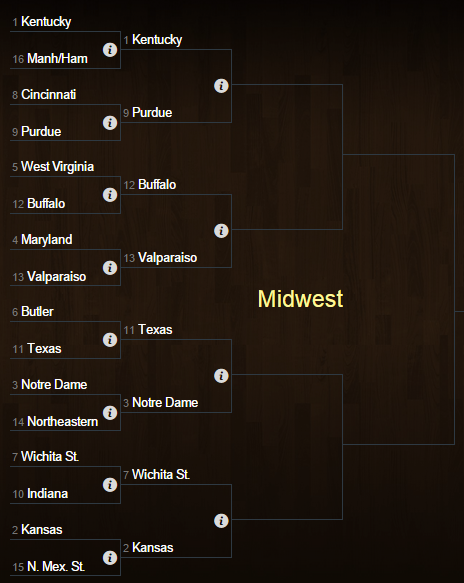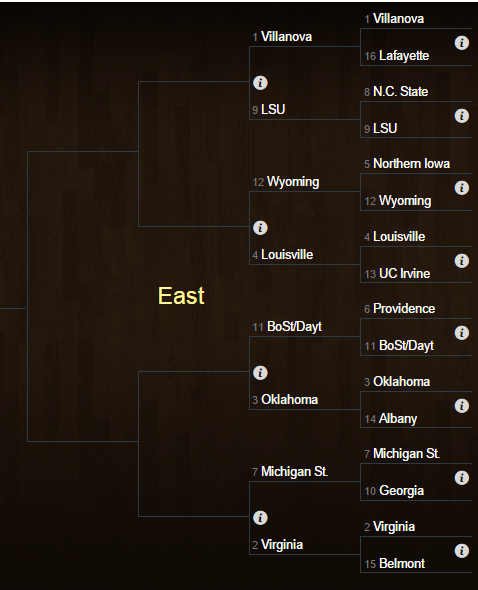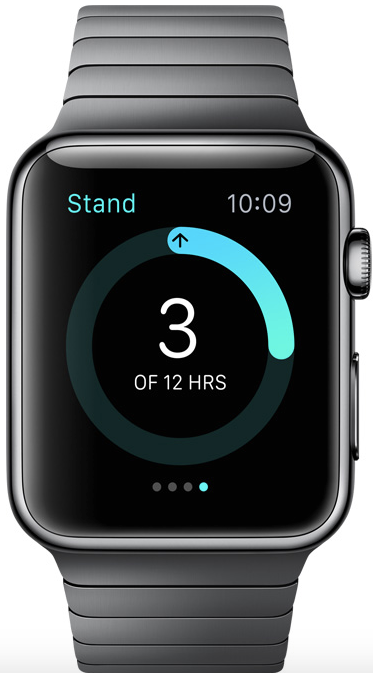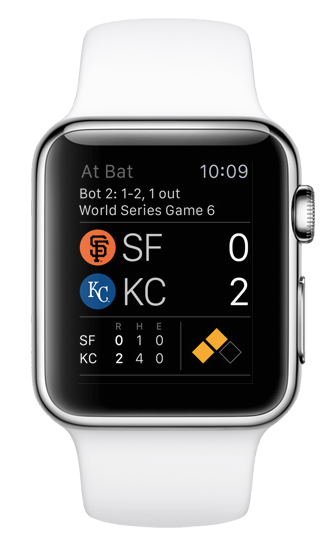A La Carte Sports Watching Is En Route
The NBA Finals have been wrapped up for just one week, but already the association is looking to the 2015-16 season. Even before the Golden State Warriors were crowned champions, the NBA announced a major change to their streaming League Pass service. Beginning next season, you’ll be given the option to purchase individual games or team packages, provided you’re out of the team’s local market.
As presently designed, the new League Pass will be compatible with computers — Windows and Mac — as well as Android and iOS devices. For those with Fire, Windows, Blackberry or other operating systems, you may be on the outside looking in. The NBA Game Time app (which is required to view League Pass on mobile devices) does support Amazon Fire devices, but support for Game Time was dropped for Windows devices in July of last year.
The importance of the NBA deciding to offer a more a la carte style cannot be understated, as now more light is cast on other sports leagues, particularly the NFL. As Engadget notes, the NFL is currently fighting a lawsuit from a fan regarding the limits of their Sunday Ticket service, specifically being forced to pay hundreds of dollars to see their favorite team 16 games per year even though they live thousands of miles away from the team’s location.
The murky waters of territorial or cable blackouts has been explored before, just ask a local Dodgers fan, and as Time Warner continues to lose money, it seems possible the 25-year and $8.3 billion dollar deal could get reworked. With sports fans and non-sports fans alike clamoring for an a la carte service, the answer could come not from a cable provider, but rather a group who knows a few things about entertainment in Sony.
During the Electronic Entertainment Expo this year, Sony announced an option purchase specific channels on their Playstation Vue services. It is an ambitious undertaking and perhaps Sony is simply dipping their toes in the water rather than diving right in the streaming market. Right now their Vue service is available in just five cities in the United States: Los Angeles, San Francisco, Chicago, Philadelphia and New York. Playstation 3 and 4 owners in those cities who are tired of the paying a cable bill can pick up a number of individual channels — or a more traditional package — including Fox Soccer, Showtime and Machinima for prices ranging from $3.99 to $14.99.
Given the push for a la carte services, a recent poll conducted by DigitalSmiths and posted via DSLReports shows an interesting trend. If sports fans are the driving force of streaming or pay-as-you-go streaming options, the survey had an interesting way of showing it.
ESPN ranked 20th among preferred channels, behind non-sports channels such as Animal Planet, Food Network and the History Channel. ABC and CBS ranked first and third respectively, however it would be a stretch to call those sports channels given their diverse programming. The same could be said for NBC (4th), Fox (7th), TBS (15th) and TNT (17th). Where ESPN was the first sports exclusive channel, both Fox Sports 1, NBC Sports, NFL Network, MLB Network plus the Golf Channel and Tennis Channel managed to make the list.
Kudos to the NBA for seizing an opportunity to gain new fans after a strong ratings performance in the finals. Perhaps more professional leagues or streaming service options will follow suit and offer a more personalized option.



 Robert Morris couldn’tkeep pace with North Florida, getting doubled up on points in the first half. Though they won the second half, it wasn’t enough to overcome the early hole and UNF advances to the field of 64.
Robert Morris couldn’tkeep pace with North Florida, getting doubled up on points in the first half. Though they won the second half, it wasn’t enough to overcome the early hole and UNF advances to the field of 64.








